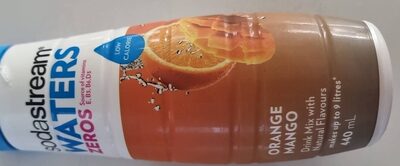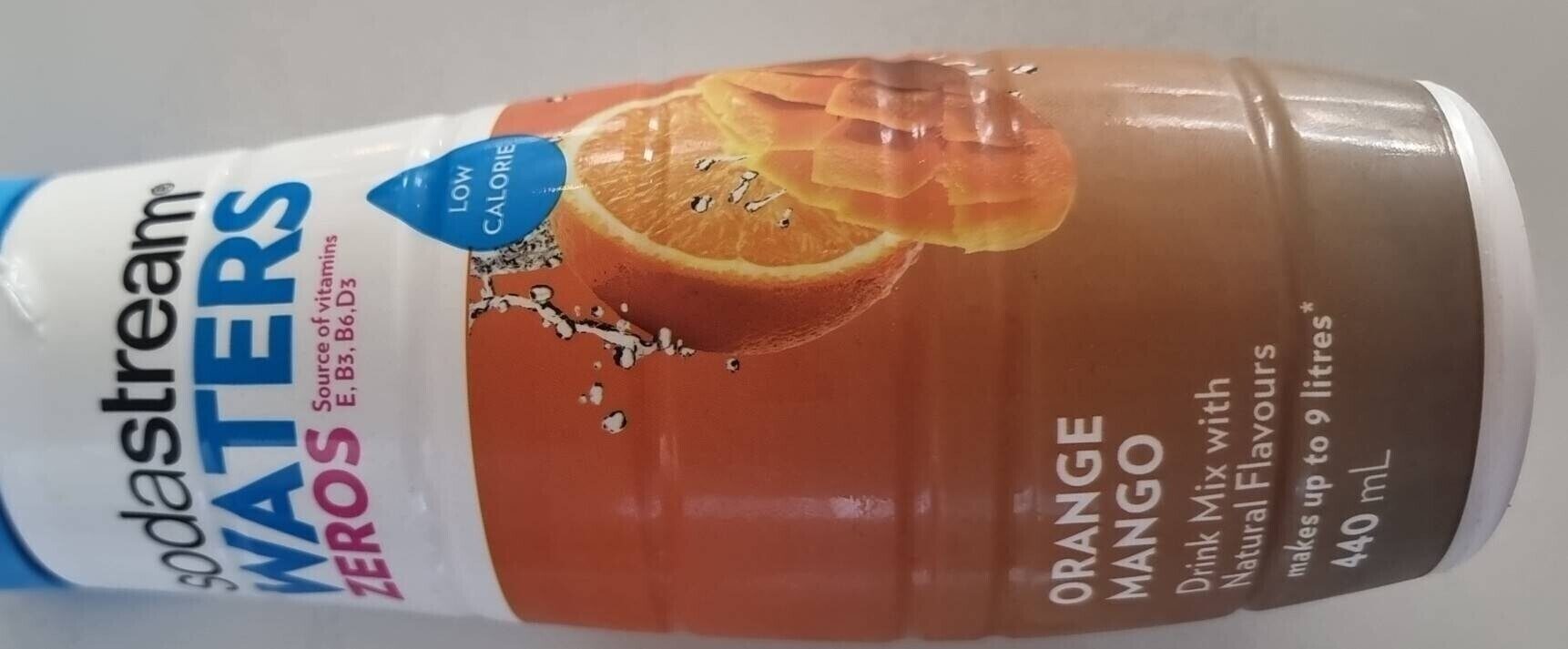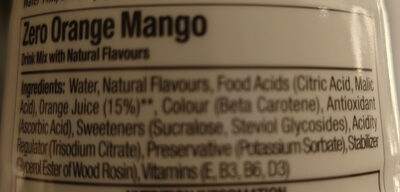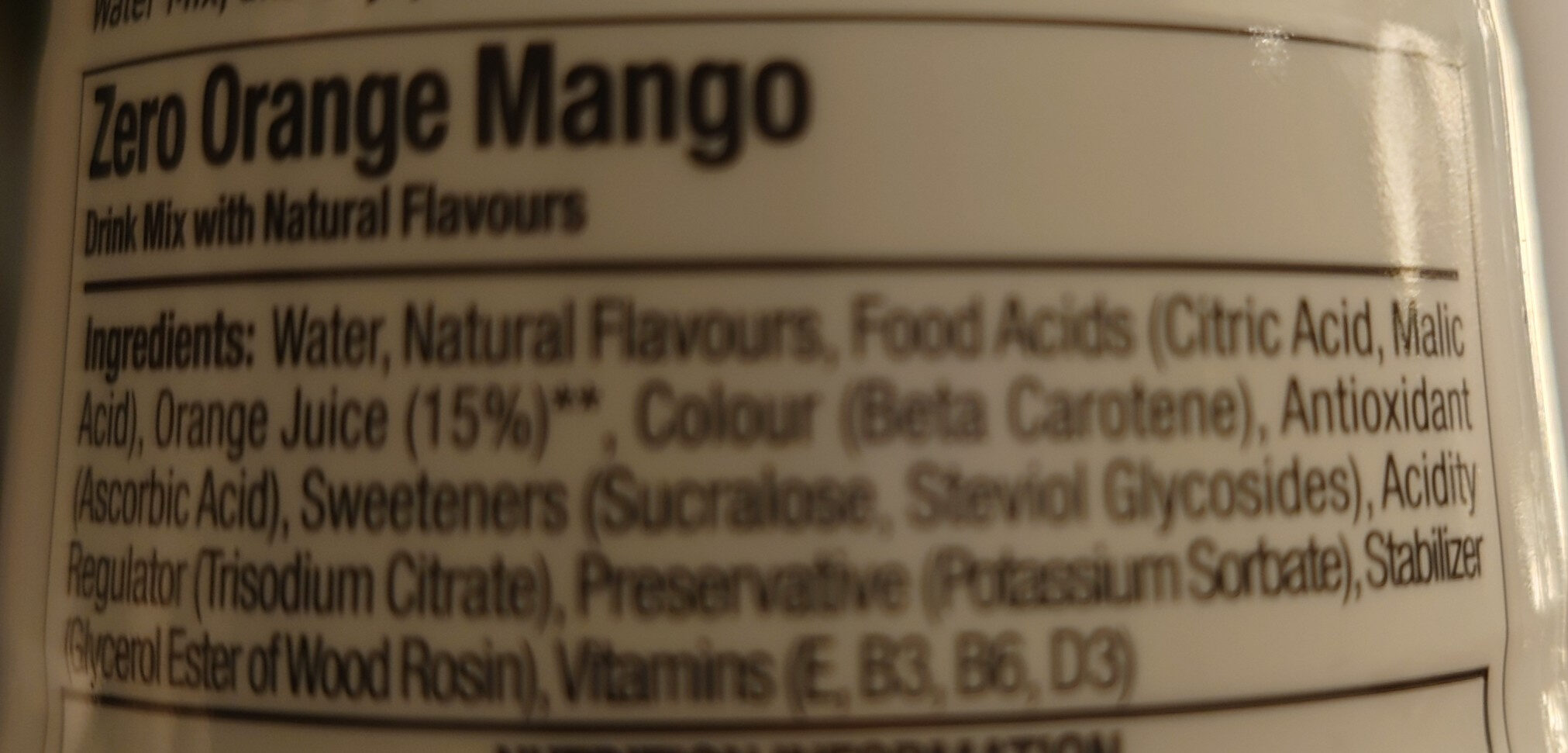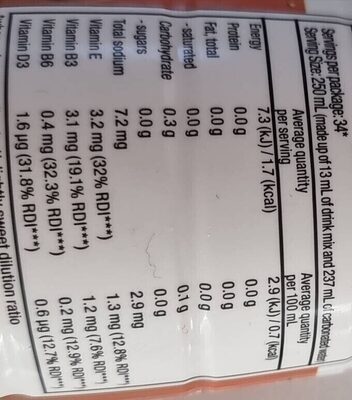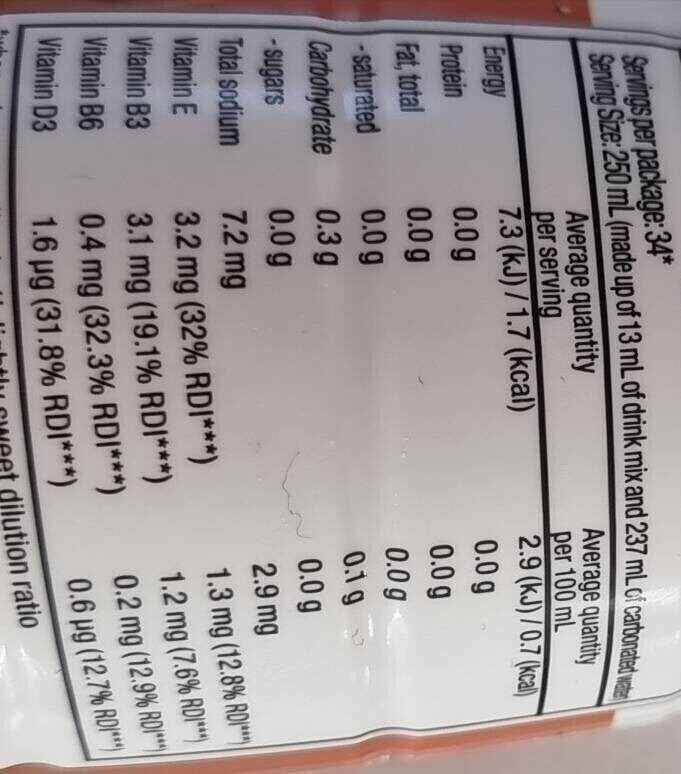sodastream Waters Zeros Orange Mango
This product page is not complete. You can help to complete it by editing it and adding more data from the photos we have, or by taking more photos using the app for Android or iPhone/iPad. Thank you!
×
Barcode: 8718692615717 (EAN / EAN-13)
Packaging: Pet-bottle
Brands: Sodastream
Categories: Beverages, Carbonated drinks, Waters, Carbonated waters
Stores: Officeworks, Coles, Kmart, Mitre-10, Big-W
Matching with your preferences
Environment
Packaging
Transportation
Report a problem
Data sources
Product added on by kiliweb
Last edit of product page on by yashmani.
Product page also edited by archanox, autorotate-bot, openfoodfacts-contributors, quentinbrd, silverorion, swipe-studio, teolemon, yuka.ZTVvTFQ2MG90djBRZ05zbjVFbjgxc0pzd0s2dEJrSHZkTTg2SVE9PQ, yuka.sY2b0xO6T85zoF3NwEKvlhJlQ4HFsBXaL0H5v1yp-u-AAqbjX91K0KTDHqo, yuka.sY2b0xO6T85zoF3NwEKvllVBYv7mkzn7HTXfiFyQyNyDPL7STOh009TfLKs, yuka.sY2b0xO6T85zoF3NwEKvlnAcY-PxvhnjbgL4lnXbwdjXFaPRPPAoz4jiaKs, yuka.sY2b0xO6T85zoF3NwEKvlnZZbdfephbAOS3Utmun6M6CMMDtPPNtuqTRPqs.
